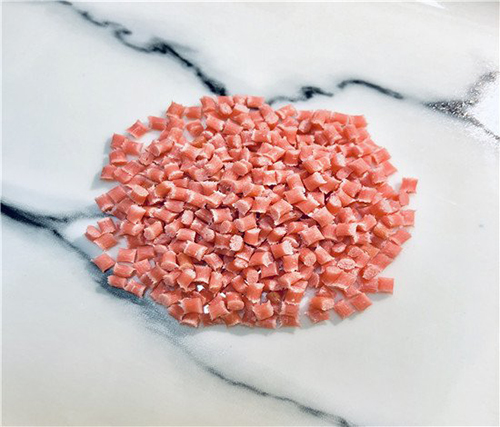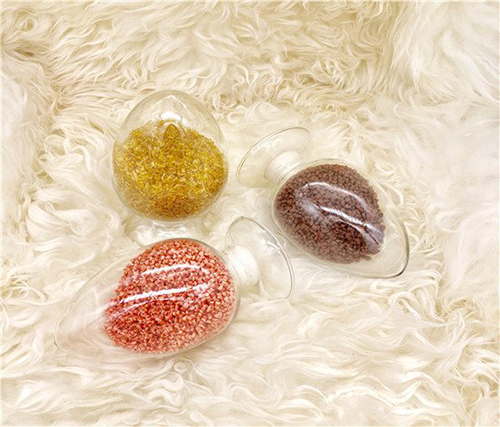©Copyright 2019 SIKO POLYMERS (SUZHOU) CO., LTD All rights reserved.Site Map Powered by iwonder.cn
- Email Uskevin@sikopolymers.com


In the automotive, consumer goods, electronics, transportation markets, electrical and other applications, polyamide is regarded as good performance plastics. The electrical resistance and high-temperature properties make it useful for different purposes.
It is essential to understand deeper about this wonderful class of plastics. We will explore the key properties of PA6 and PA66 to know their similarities and differences in areas that include mechanical, electrical, thermal, stability, and others.
Why are they essential? It is because you need to understand the relevant properties before choosing any thermoplastic for a specific application. Meanwhile, it is essential to contact a reliable and experienced PA6 manufacturer when planning a project.

Read on as we examine the key properties of these plastics to know what makes a particular polyamide suitable for high-end engineering uses.
1. Dimensional Stability
We use some parameters to check the dimensional stability of both of them. The parameters are shrinkage, 24 hours of water absorption, the coefficient of linear thermal expansion.
Properties | Shrinkage (%) | Water Absorption (%) | The Coefficient Of Linear Thermal Expansion ( x 10-5/°C) |
PA6 | 0.5 – 1.5 | 1.6 – 1.9 | 5 – 12 |
PA66 | 0.7 - 3 | 1 - 3 | 5 – 14 |
2. Electrical Properties
The electrical resistance of these plastics makes them suitable for a variety of applications. Under the electrical properties, we will compare the two based on the volume resistivity, dielectric constant, arc resistance, and dissipation factor.
Properties | Volume Resistivity | Dielectric Constant | Arc Resistance | Dissipation Factor (x 10-4) |
PA6 | 14 x 1015Ωcm | 4 - 5 | 118 – 125 sec | 100 – 600 |
PA66 | 14 x 1015Ωcm | 4 - 5 | 130 – 140 sec | 100 – 400 |
3. Fire Performance
Fire performance consists of the fire resistance and flammability of the materials. Combustion entails a complex physiochemical phenomenon between material and oxygen with the release of heat. Flammability is defined as the ability to ignite, spread flame, and generate heat.

PA6 and PA66 have some properties that resist the immediate ignition of material into flame. The detailed properties are as follows:
Properties | Fire Resistance (LOI) | Flammability UL94 |
PA6 | 23 – 26 % | HB |
PA66 | 21 – 27 % | HB |
4. Mechanical Properties
The mechanical properties of any material determine the level at which the material can withstand tension and compression without breaking. A plastic with a higher ability to resist deformation has higher elasticity. The mechanical properties of PA6 and PA66 are outlined as follows:
Properties | PA6 | PA66 |
Young Modulus | 0.8 – 2 GPa | 1 – 3.5 GPa |
Stiffness | 0.8 - 2 GPa | 0.8 – 3 GPa |
Flexibility | 0.8 – 2 GPa | 0.8 – 3 GPa |
Strength at Yield | 50 – 90 MPa | 45 – 85 MPa |
Strength at Break | 50 – 95 MPa | 50 – 95 MPa |
Elongation at Yield | 3.4 – 140 % | 3.4 – 30 % |
Elongation at Break | 200 – 300 % | 150 – 300 % |
5. Physical and Optical Properties
A closer examination of these two materials shows significant changes in terms of their physical properties as well as optical properties.
Properties | Density | Glass transition temperature | Gloss |
PA6 | 1.12 – 1.14g/cm3 | 60°C | 130 – 145% |
PA66 | 1.13 – 1.25g/cm3 | 55 – 58°C | 65 – 150% |
Contact Us For Quality Products
The quality of nylon material you use for any application is crucial. It is always advisable to purchase from a reliable and reputable PA6 manufacturer. With this, you are sure of the ideal material for your applications. Kindly contact us for quality products. Click here to check our products.